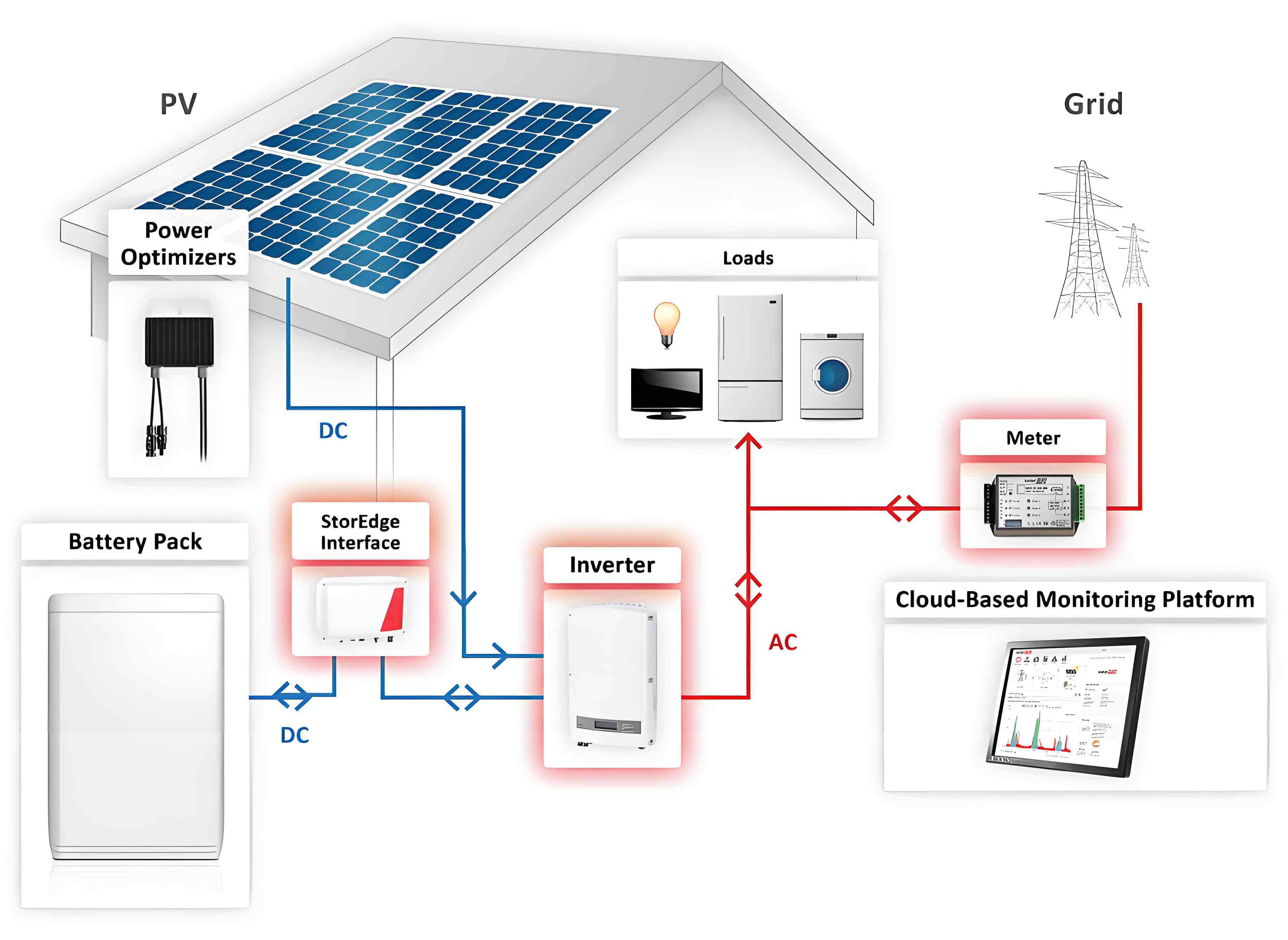
Introduction
As the world shifts towards renewable energy sources, solar battery storage systems have become a critical component for ensuring a reliable and efficient energy supply. The integration of artificial intelligence (AI) in these systems is transforming the way solar energy is stored and utilized, leading to significant improvements in performance, cost-effectiveness, and sustainability. This article explores the role of AI in optimizing solar battery storage systems, highlighting key technologies, benefits, challenges, and future prospects.
The Need for Optimization in Solar Battery Storage
Solar battery storage systems are essential for managing the intermittent nature of solar power. These systems store excess energy generated during sunny periods and release it during times of low solar output or high demand. However, optimizing these systems to maximize efficiency and cost-effectiveness is complex, involving various factors such as energy consumption patterns, weather conditions, and grid demands.
Key AI Technologies in Solar Battery Storage Optimization
1. Predictive Analytics
AI-driven predictive analytics use historical data and machine learning algorithms to forecast future energy production and consumption. This enables more accurate predictions of energy needs and optimal battery charging and discharging schedules.
2. Energy Management Systems (EMS)
AI-powered EMS monitor and control the flow of energy within solar battery storage systems. These systems use real-time data and advanced algorithms to balance energy supply and demand, optimize battery usage, and reduce energy costs.
3. Fault Detection and Maintenance
AI algorithms can detect anomalies and potential faults in solar battery storage systems before they lead to failures. Predictive maintenance powered by AI reduces downtime, extends battery life, and minimizes repair costs.
4. Demand Response
AI enables dynamic demand response by adjusting energy usage based on grid conditions and electricity prices. This helps in balancing grid load, preventing outages, and reducing energy costs for consumers.
Benefits of AI in Solar Battery Storage Optimization
1. Enhanced Efficiency
AI algorithms optimize the charging and discharging cycles of batteries, ensuring that energy is stored and used in the most efficient manner. This minimizes energy losses and maximizes the use of available solar power.
2. Cost Savings
By predicting energy needs and optimizing battery operations, AI reduces the need for expensive peak-time electricity from the grid. It also lowers maintenance costs through predictive fault detection and maintenance.
3. Improved Reliability
AI enhances the reliability of solar battery storage systems by continuously monitoring performance and identifying potential issues before they cause failures. This ensures a more stable and uninterrupted energy supply.
4. Scalability
AI-driven optimization solutions are scalable and can be applied to systems of various sizes, from small residential setups to large utility-scale projects. This versatility supports the widespread adoption of solar energy storage.
Comparative Analysis of AI Technologies in Solar Battery Storage
The following table provides a comparative analysis of different AI technologies used in solar battery storage optimization:
| AI Technology | Description | Key Benefits |
|---|---|---|
| Predictive Analytics | Forecasts future energy production and usage | Accurate energy predictions, optimized schedules |
| Energy Management Systems | Real-time monitoring and control | Balanced supply and demand, cost reduction |
| Fault Detection and Maintenance | Detects and predicts system faults | Reduced downtime, extended battery life |
| Demand Response | Adjusts energy usage based on grid conditions | Balanced grid load, lower energy costs |
Challenges and Considerations
While AI offers numerous benefits, there are challenges and considerations to address:
- Data Quality and Availability: AI algorithms require high-quality data for accurate predictions and optimization. Ensuring the availability of reliable data is crucial.
- Integration with Existing Systems: Integrating AI solutions with existing solar battery storage systems and grid infrastructure can be complex and requires careful planning.
- Cost and Expertise: Implementing AI-driven optimization solutions can be costly, and there is a need for expertise in both AI and energy management.
- Security and Privacy: Protecting the data and systems from cyber threats is essential to ensure the security and privacy of the energy infrastructure.
Future Prospects
1. Advanced Machine Learning Models
Future advancements in machine learning models will lead to even more accurate predictions and optimizations, further enhancing the efficiency and reliability of solar battery storage systems.
2. Integration with Smart Grids
The integration of AI-optimized solar battery storage systems with smart grids will enable more dynamic and responsive energy management, improving overall grid stability and efficiency.
3. Edge Computing
Edge computing, which involves processing data closer to the source rather than relying on centralized cloud servers, will enhance the speed and efficiency of AI-driven optimization in solar battery storage systems.
4. Collaboration and Standardization
Collaboration between industry stakeholders and the development of standardized protocols will facilitate the widespread adoption of AI in solar battery storage optimization.
Conclusion
AI is playing a transformative role in optimizing solar battery storage systems, offering enhanced efficiency, cost savings, improved reliability, and scalability. By leveraging advanced technologies such as predictive analytics, energy management systems, fault detection, and demand response, AI is enabling more effective and sustainable use of solar energy. Despite the challenges, the future prospects of AI in this field are promising, paving the way for a more resilient and efficient energy landscape.
